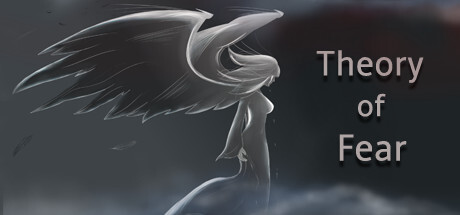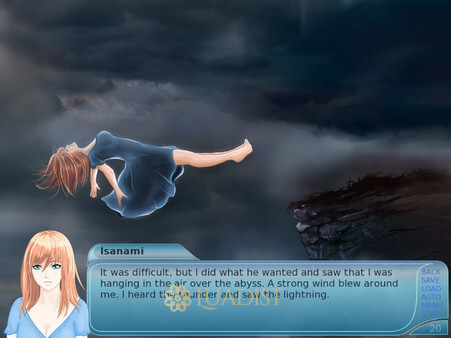| Title | Theory Of Fear |
| Developer(s) | ANASTASI SUKHONOSOVA |
| Publisher(s) | ANASTASI SUKHONOSOVA |
| Genre | PC > Indie, Adventure, Casual, Nudity, Sexual Content, Simulation, Violent |
| Release Date | Mar 28, 2017 |
| Size | 1.5 GB |
| Get it on | Steam Games |
| Report | Report Game |

Horror has been a popular genre in entertainment for decades. From scary movies to haunted houses, people have long been drawn to experiences that elicit fear. But why do we seek out these frightening encounters? What compels us to willingly subject ourselves to terror and unease?

The Origins of Fear
Fear is a natural and instinctual response to perceived danger. It is a survival mechanism that developed in humans and animals alike as a way to protect ourselves from potential threats. When faced with a fearful situation, our body responds by activating the sympathetic nervous system, triggering a “fight or flight” response. This causes a surge of adrenaline and other hormones that prepare us to either confront the danger or run away from it.
While fear is primarily a physical response, it also has psychological components. Our brain processes and interprets the fear signals sent by our body, creating a subjective experience of fear. This experience is shaped by our past experiences, beliefs, and cultural influences.

Exploring Fear through Entertainment
Fear is a complex and powerful emotion, which makes it a powerful tool for creators in entertainment. Whether it’s a horror movie, a suspenseful book, or a spooky video game, the goal of the creator is to evoke fear in the audience. And the more effective they are at eliciting a fear response, the more successful their work is.
The Theory of Fear Game takes this concept a step further by incorporating psychological elements in the game design. The creators of these games use known fear triggers and mechanisms to create a truly terrifying experience for the players.

The Psychology Behind the Game
The key to the success of the Theory of Fear Game lies in its ability to tap into the deep-seated fears of players. One of the most commonly used techniques is the use of jump scares. These are sudden, unexpected, and often loud events that startle the player and trigger their “fight or flight” response. They are so effective because they replicate real-life situations where we are caught off guard by a sudden loud noise or movement.
Another common fear trigger is the fear of the unknown. In horror games, players are often placed in dark, unfamiliar environments, where they can’t see what is waiting for them around the corner. This lack of control and certainty can be anxiety-inducing and heighten the overall fear experience.
Besides known fear triggers, the Theory of Fear Game also plays on our innate fear of death. In these games, players are often put in life or death situations, where their survival depends on their ability to make quick decisions and overcome terrifying obstacles.
The Appeal of Horror Games
Despite their scary nature, horror games continue to be popular among gamers. One reason for this is the adrenaline rush that players experience when they are scared. The release of adrenaline can be addictive, and some players seek out this intense sensation by playing increasingly scarier games.
Another reason for the popularity of the Theory of Fear Game is the sense of accomplishment when a player successfully navigates through a terrifying game. Overcoming fear is empowering, and players often feel a sense of relief and pride when they finish a horror game.
Conclusion
The Theory of Fear Game capitalizes on our natural fear responses to create an intense and immersive experience for players. By understanding the psychology behind fear, game creators are able to craft games that elicit strong emotional reactions from their audience. And for players, the appeal of these games lies in the adrenaline rush, sense of accomplishment, and the thrill of facing their fears in a controlled environment.
System Requirements
Minimum:- OS: Microsoft® Windows® XP/Vista/7/8/8.1/10
- Processor: Pentium® 4 1.5 GHz / Athlon® XP
- Memory: 512 MB RAM
- Graphics: DirectX® 9.0c compatible
- DirectX: Version 9.0c
- Storage: 3 GB available space
- Sound Card: DirectX® 9.0c compatible
How to Download
- Click the "Download Theory Of Fear" button above.
- Wait 20 seconds, then click the "Free Download" button. (For faster downloads, consider using a downloader like IDM or another fast Downloader.)
- Right-click the downloaded zip file and select "Extract to Theory Of Fear folder". Ensure you have WinRAR or 7-Zip installed.
- Open the extracted folder and run the game as an administrator.
Note: If you encounter missing DLL errors, check the Redist or _CommonRedist folder inside the extracted files and install any required programs.